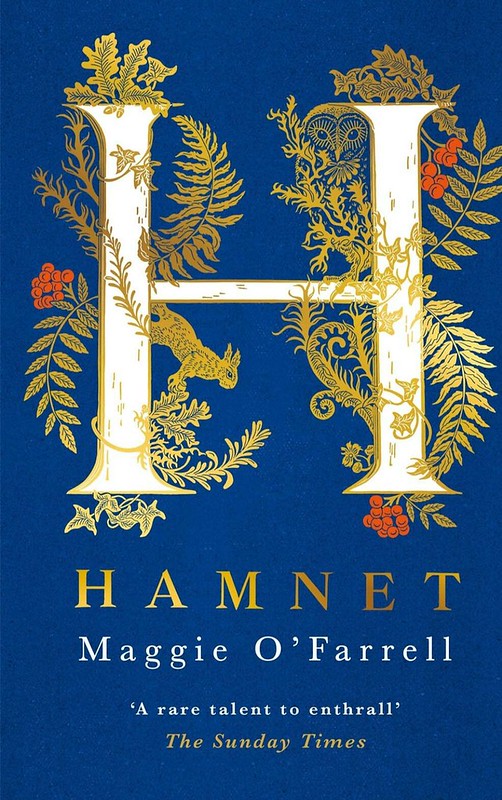Woman’s Might: Hamnet, by Maggie O’Farrell
Hamnet, by Maggie O’Farrell offers an astonishingly moving tale about motherhood, women, and life.
I am awed because I have just experienced the truest, most tangible, intricate, heartbreaking depiction of a woman. This is the first feeling that comes to mind after reading Hamnet, by Maggie O’Farrell. It arises, I think, for two reasons.
The first is craft. O’Farrell’s descriptions are unbearably artful, delicate, and even clever, as they produce the mood and vision. She chooses to describe that “Hamnet drifts to the surface of sleep” rather than wakes, that Agnes “would like a moment alone, without pain,” rather than a moment of reprieve. This shaping of the perspective gives the book its poignancy, hands the blame to the right entities, personifies the more powerful, less tangible struggles of Agnes. It allows one to feel Agnes’ pain beyond that of circumstance: a child dies, and the grief springs from one’s own heart—as if they themselves knew him, cared for him, raised him. Here is a work of poetic, literary power.
The second reason for the book’s generation of awe is its very premise. It takes a woman known only as the wife of a man and draws her character to be headstrong, perceptive (to the point of semi-omniscience and prophecy), unabashed, and yet still a mother, wife, daughter, and woman. Given the setting and time period of the book, in which all four of these roles counted for little more than nothing, O’Farrell shows how they are the supplement to a woman’s power, not the limitation of it.
More than this, O’Farrell does not demean the archetype of housewife or imply that a woman who chooses her house has chosen compliance; Mary, the mother-in-law of Agnes and a more archetypal depiction of a 16th century wife, is just as relatable as Agnes, even though her values and mindset are ones of conformity. Perhaps more important is that, though these two figures oppose each other in nature, O’Farrell presents their harmony, their trust in each other that supersedes dislike. She shows their joint management of a household, their love of the children in it, their ability to overlook the other’s nature for the sake of a shared purpose. In writing this compromise, she writes the greatest, most honorable trait of a woman who is a mother. She writes of women’s strength and fortitude. She writes that it is in a woman’s nature to be a mother, but it is far from in her nature to be powerless. In a world where motherhood is automatically associated with a lower class than man or father, this is a relief. The most crucial point of relatability. Awe-inspiring.
Reading this book is reading art, melody, and sensation because it overtakes medium to present a much-needed declaration on womanhood. O’Farrell’s eloquence and poeticism is unrivaled. Her combination of historical truth (regarding the real Anne Hathaway) and fictional conjecture is delicately genius and beautifully envisioned. I would recommend it to anyone.
Saniya Shah is a senior at Wilton High School and a Co-Editor-in-Chief for the Forum. She wrote a fiction book called On Touching Stars and spends every free minute writing something, from poetry to short stories to news articles. She's a morning person, likes tea, and is making good on her goal to read more.

